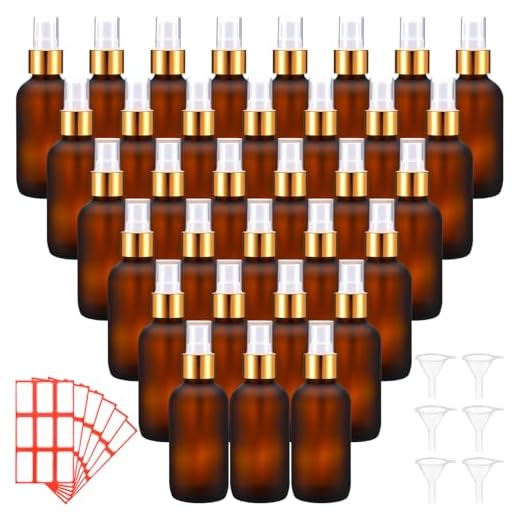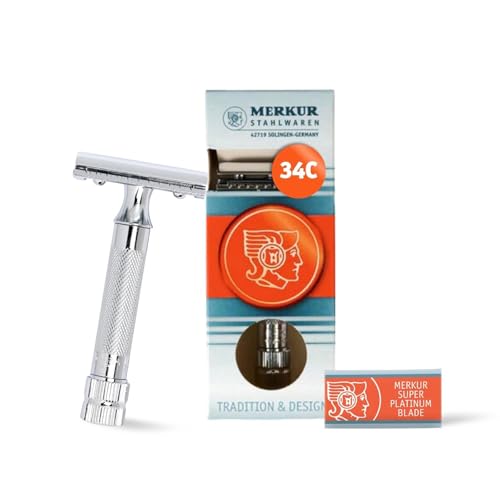



Immediate action is crucial upon discovering fungi on your travel bags. First, take the items outdoors to prevent spore spread indoors.
Use a solution of one part white vinegar to four parts water, applying it with a spray bottle. This mixture is effective due to the acetic acid in vinegar, which targets fungal spores. Allow it to sit for about ten minutes before wiping it off with a clean cloth.
For tougher stains, baking soda works wonders. Mix it with water to form a paste and apply it directly to the affected areas. Let it dry before brushing it off with a soft brush, ensuring residue does not remain.
Once the treatment process is complete, ensure thorough drying of your bags in sunlight, which naturally helps eliminate remaining spores and odors.
Regularly checking and maintaining your travel gear can prevent future issues. Store bags in a cool, dry place, and consider using silica gel packs to control moisture.
Identifying Fungi on Different Types of Luggage Materials
Inspect fabric suitcases closely for dark spots or fuzzy growth, particularly in seams and corners. Pay attention to areas that remain moist, as these are prime spots for unwanted developments.
For hard-shell cases, look for discoloration or patches that may appear like stains. Check the interior as well, especially if the case was packed with damp items.
Leather bags can exhibit white, powdery residues or black spots. Evaluate both the exterior and interior linings, as mold thrives in the dark, concealed areas of the material.
Canvas and other natural fibers can attract growth if not stored properly. Look for any signs of musty odors, which often indicate hidden infestation.
Plastic and vinyl materials are generally less susceptible but still require attention. Check for surface discoloration or any unusual odors, which may suggest compromised integrity.
Step-by-step guide for removing fungus from soft-sided luggage
Prepare a solution of equal parts water and white vinegar or a mixture of mild detergent and warm water in a spray bottle.
Step 1: Empty the Bag
Remove all items from the soft-sided carrier to avoid contamination and provide better access for cleaning.
Step 2: Apply the Solution
- Spray the affected areas generously with the vinegar or detergent solution.
- Let it sit for 10-15 minutes to penetrate the fabric.
Step 3: Scrub the Surface
Use a soft-bristle brush or sponge to gently scrub the area, focusing on seams and crevices where spores may linger.
Step 4: Rinse
- Wipe the cleaned surfaces with a damp cloth to remove any residual cleaning solution.
- Ensure no cleaning agents remain that could damage the material.
Step 5: Dry Thoroughly
Allow the luggage to air dry completely, preferably in a well-ventilated area. Sunlight can be beneficial for additional disinfection.
Step 6: Prevention
- Store the carrier in a dry place with good airflow.
- Consider using silica gel packs to absorb moisture.
- Regularly check for any signs of fungal growth and address them promptly.
Best Cleaning Solutions for Hard-Shell Luggage Affected by Mold
Utilize a mixture of warm water and white vinegar in equal parts for treating hard-shell suitcases. Apply this solution with a soft cloth or sponge, ensuring that you cover all affected areas thoroughly. Rinse with clean water and let the bag air dry completely.
For tougher stains, blend baking soda with water to form a paste. Apply the mixture directly onto the spots and scrub gently with a soft brush. Afterward, wipe off the residue with a damp cloth and allow it to dry entirely.
Thorough treatment can be achieved using a diluted solution of hydrogen peroxide. Mix one part hydrogen peroxide with three parts water, applying it using a cloth or spray bottle. Ensure proper ventilation during this process and allow the luggage to dry well.
For a more preventive measure, consider the use of specialized cleaning wipes designed for hard surfaces. These antibacterial wipes can help reduce the risk of future infestations while maintaining the aesthetic of your bag.
Should persistent odors remain, place a container of activated charcoal or baking soda inside the luggage for a few days to absorb lingering smells. Finally, taking your suitcase into a sunny environment can further assist in eliminating odors and moisture. For recommendations on aquariums, check out the best aquarium in dallas texas.
Preventing Future Spores Growth on Your Bags During Storage
Ensure complete dryness by storing bags in a well-ventilated area. Utilize silica gel packets to absorb moisture inside any compartments. Regularly check and replace these packets to maintain humidity control.
Optimal Storage Practices
Wrap luggage in breathable fabric instead of plastic to prevent moisture buildup. Consider using garment bags or cotton sheets, as they allow air circulation while protecting against dust and humidity.
Regular Maintenance Tips
Perform routine inspections of bags, especially after travel or extended storage periods. Clean dirt and spillages immediately to avoid attracting unwanted growth. For frequent travelers, the best messenger bag for bike commuting can serve as a durable, resistant option against environmental factors.







